Curated OER
Social Studies: A Ticket to Japan
Fourth graders create Venn diagrams to compare and contrast life in the United States and Japan. While the teacher holds up word cards, they decide where to categorize them under Japan, the U.S., or both. As students assemble their...
Curated OER
Solving Percent Problems with Proportions
Seventh graders explore the concept of percent problems. In this percent problem lesson, 7th graders use proportion equations to solve percent problems. Students find percentages of numbers and use proportions to determine percents in...
Curated OER
Cell Me What?
Students compare and contrast the characteristics of robots and cells. In this biology activity, students examine the parts and function of cell organelles. They create a visual representation of their cell/robot analogy.
Curated OER
Finding the Story Setting
Second graders discuss important things to know when reading stories, identify setting in variety of stories, create story map to record information as they are reading, state setting in their own words, discuss whether they thought...
Curated OER
Populations Lab - Exponential Graphing
Ninth graders investigate the application of populations that exists in one's everyday environment, in order to develop an understanding of how mathematics is a key component in the understanding of population dynamics.
Curated OER
Lost Worlds
Students, while using the strategy of identifying the main idea and supporting details, explore the three nonfiction selections of the lost worlds of Machu Picchu high in the Andes Mountains, Great Zimbabwe, and Anasazi. In addition,...
Curated OER
Who Is Norman Jewison?
Middle schoolers research the life of Norman Jewison and create a poster to present their findings to the class.
Curated OER
Presentations 'How To 10 Steps - WordPerfect (IT)
Students create a 10-Step slide show describing "How To" make or assemble something. They explore the relationship and impact of information technology and digital media in the business arena. They plan, design, and organize a...
Curated OER
Creating a Bibliography
Third graders review the basic structure of a bilbliography and its importance in writing. They create a bibliography of materials used to complete a written report, and power point slide show and use the computer lab to create a final...
Curated OER
Steamers Lesson 1: Background Information
Students discover the use of steamboats in North Carolina. After reading background information, they take notes on their reading and participate in a class discussion. They complete a KWL chart and share what they have gathered in small...
Curated OER
Steamers Lesson 1: Design and Construction
Students examine the use of steamboats in North Carolina. In groups, they design and contruct their own small models of steamboats using simple materials. They test their models in water and share how they were built and why. They...
University of South Florida
Fcat Express: Organizing Information
Strategies to help students organize information found in a text provided by a standardized test preparation site intended for fourth grade. Includes strategies such as graphic organizers, hierarchical summaries, KWL, and previewing.
Daily Teaching Tools
Daily Teaching Tools: Customizable Graphic Organizers
This Daily Teaching Tools resource provides a series of graphic organizers for reading students. Forms are provided for plot, character analysis, reading logs, and reading responses.
Daily Teaching Tools
Daily Teaching Tools: Additional Webs
This Daily Teaching Tools resource provides a series of graphic organizers. Students will be able to plan the writing of summaries, paragraphs, and literary responses.
Daily Teaching Tools
Daily Teaching Tools: Additional Webs
Daily Teaching Tools include several graphic organizers. Some of the graphic organizers provided are for the planning of informative paragraphs, summaries, and literary response.
Florida Center for Reading Research
Florida Center for Reading Research: Monitor for Understanding: Sum Summary! [Pdf]
A lesson plan in which students read a narrative or informational text and complete graphic organizers to help them write good summaries of the texts. Materials are included.
Austin Independent School District
Austin Independent School District: Summary of Fiction and Nonfiction Text [Pdf]
This 31-page document focuses on teaching summarizing strategies for use with fiction and nonfiction texts. This series of lesson plans starts with fiction summarizing strategies such as "Somebody-Wanted-But-So-Then" and "Story Arch."...
Florida Center for Reading Research
Florida Center for Reading Research: Narrative Text Structure: Summary Step Up [Pdf]
A lesson plan in which students read a narrative text and complete a graphic organizer to show the plot elements of the story. Materials are included.
Florida Center for Reading Research
Florida Center for Reading Research: Expository Text Structure: Super Summary [Pdf]
A lesson plan in which learners read a text and then complete a graphic organizer to help them write a summary. Materials are included.
Polk Brothers Foundation Center for Urban Education at DePaul University
De Paul University: Center for Urban Education: Classify and Summarize Information [Pdf]
This learning module contains a link to graphic organizers that will help students categorize content and comprehend short and extended texts. The graphic organizers are designed to be applied to reading nonfiction passages in science...
Florida Center for Reading Research
Florida Center for Reading Research: Expository Text Structure: Summarizing [Pdf]
A lesson plan in which students read a text and record the main ideas and supporting details on a graphic organizer. Students then complete the organizer by writing a summary of the text. Materials are included.
Polk Brothers Foundation Center for Urban Education at DePaul University
De Paul University: Center for Urban Education: I Can Identify and Infer Character Traits[pdf]
Students will identify character traits directly and inferentially with the help of this graphic organizer. Students will summarize their findings after completing the graphic organizer.
Polk Brothers Foundation Center for Urban Education at DePaul University
De Paul University: Center for Urban Education: Analyze Nonfiction: Central Idea [Pdf]
This graphic organizer will help students analyze nonfiction pieces. Students will use the graphic organizer to guide them as they identify the central idea and supporting details.
Writing Fix
Writing Fix: Snowball Note Making and Summarizing
In this lesson plan, students will engage in this post-reading strategy for a nonfiction or a fiction piece. Each student will take notes on a four-square square graphic organizer about something they already knew, something they found...

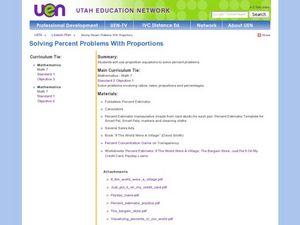

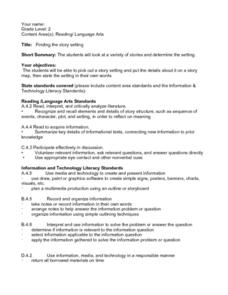
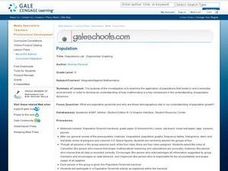



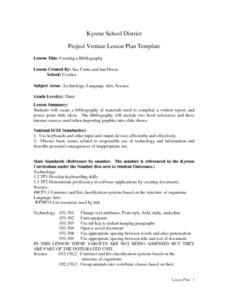

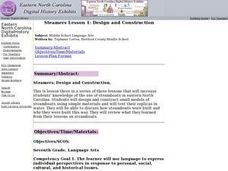

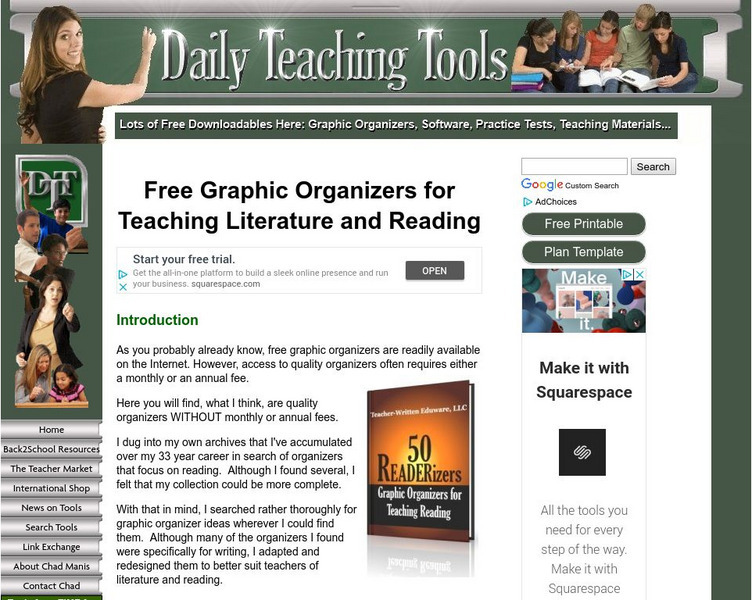

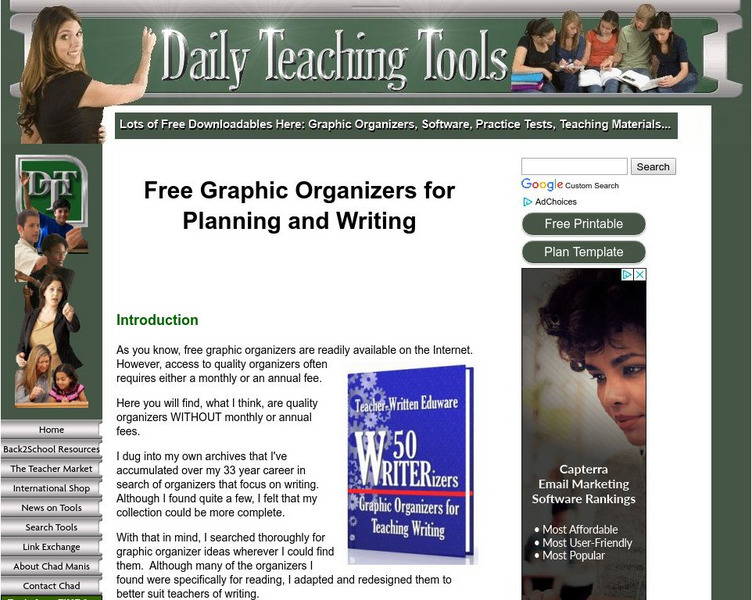
![Florida Center for Reading Research: Monitor for Understanding: Sum Summary! [Pdf] Lesson Plan Florida Center for Reading Research: Monitor for Understanding: Sum Summary! [Pdf] Lesson Plan](https://content.lessonplanet.com/knovation/original/509088-9fceb7ddd10dab1b4fb2d2cdfe6dce64.jpg?1661786991)
![Austin Independent School District: Summary of Fiction and Nonfiction Text [Pdf] Professional Doc Austin Independent School District: Summary of Fiction and Nonfiction Text [Pdf] Professional Doc](https://d15y2dacu3jp90.cloudfront.net/images/attachment_defaults/resource/large/FPO-knovation.png)
![Florida Center for Reading Research: Narrative Text Structure: Summary Step Up [Pdf] Lesson Plan Florida Center for Reading Research: Narrative Text Structure: Summary Step Up [Pdf] Lesson Plan](https://content.lessonplanet.com/knovation/original/509116-c9c6546ed67fc47f39cd0cad4fb48ffa.jpg?1661786948)
![Florida Center for Reading Research: Expository Text Structure: Super Summary [Pdf] Lesson Plan Florida Center for Reading Research: Expository Text Structure: Super Summary [Pdf] Lesson Plan](https://content.lessonplanet.com/knovation/original/509103-b2e0f3cbd54bded40681c22b37254909.jpg?1661786969)
![De Paul University: Center for Urban Education: Classify and Summarize Information [Pdf] Unit Plan De Paul University: Center for Urban Education: Classify and Summarize Information [Pdf] Unit Plan](https://content.lessonplanet.com/knovation/original/78057-7ba90e0b8b82fde8e26d306a4af31f79.jpg?1661787062)
![Florida Center for Reading Research: Expository Text Structure: Summarizing [Pdf] Lesson Plan Florida Center for Reading Research: Expository Text Structure: Summarizing [Pdf] Lesson Plan](https://content.lessonplanet.com/knovation/original/509106-80e78b7399a2808435954652f1b4d966.jpg?1661786965)
